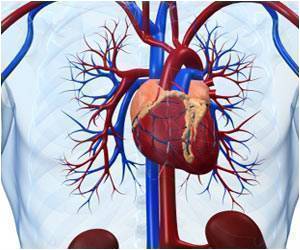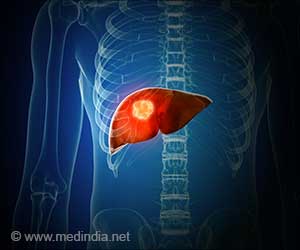Australian researchers are proposing an outlandish idea of silk microchips as a mobile laboratory worn on the wrist!

Their aim is to embed a wide range of proteins so they can run dozens of blood test simultaneously at the point of care instead of waiting for the pathology lab.
An almost limitless number of proteins and other bioactive agents could be embedded in the bio-chip, acting as tiny switches that are triggered by the presence of other key molecules in a patient's blood.
Working in collaboration with fellow scientists at Tufts University in Boston, USA, Dr Domachuk said bio-chips would be "like a little bandage ... you stick inside your cheek or inside your nose."
Reading this data could be as simple as scanning a patient's bio-chip with a hand-held laser.
Dr Peter Domachuk said compare this to conventional pathology, which required a nurse to collect a blood sample which was then sent of to a laboratory for testing taking "a couple of days or a week."
Advertisement
"We could miniaturise that down to something that sits in, or on, the skin of the patient and will provide instantaneous results at a fraction of the cost," Dr Domachuk said.
Advertisement
Domachuk said silk had emerged as a leading candidate for the bio-chip's construction for several reasons.
The natural fibre, which is still used in surgical stitches, usually does not cause an allergic reaction in people.
And the surface of silk can be etched with "nanometre precision", Dr Domachuk said, while proteins embedded in silk continue to function as normal.
"All these combined to make silk this very intriguing, very attractive material for this kind of medical (application)," he said.
Source-Medindia







